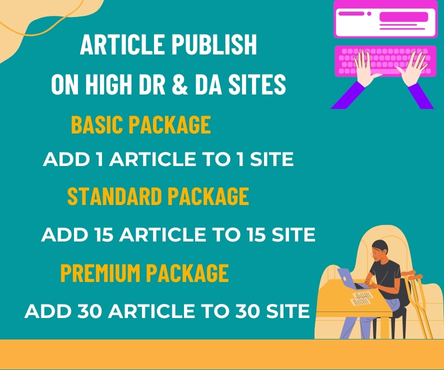Being involved in a car accident can be a traumatic experience, and when disputes arise over liability or compensation, the situation can become even more complicated. In some cases, a car accident claim may need to be resolved through the court system. But what happens when a car accident case goes to court? Visit now Mt. Juliet car accident lawyer
The Pre-Trial Process
Before a car accident case goes to trial, several steps typically occur. The parties involved will usually engage in settlement negotiations, where they attempt to reach a mutually acceptable agreement. If these negotiations fail, the case will proceed to trial.
During the pre-trial phase, both sides will gather evidence, interview witnesses, and review police reports and medical records. They may also engage in discovery, a process where they exchange information and evidence to prepare for trial.
The Trial
When a car accident case goes to trial, it typically begins with jury selection. The judge and attorneys will select a panel of impartial jurors to hear the case. Once the jury is seated, the trial will begin.
The plaintiff (the party bringing the lawsuit) will present their case first, calling witnesses and presenting evidence to support their claim. The defendant (the party being sued) will then present their case, calling their own witnesses and presenting their own evidence.
Key Elements of a Car Accident Trial
During a car accident trial, several key elements will be considered. These may include:
- Liability: The court will determine who was at fault for the accident.
- Damages: The court will assess the extent of the plaintiff’s injuries and property damage.
- Causation: The court will determine whether the defendant’s actions caused the plaintiff’s injuries.
- Comparative negligence: The court may consider whether the plaintiff contributed to the accident in any way.
The Verdict
After both sides have presented their cases, the jury will deliberate and reach a verdict. The verdict may be in favor of the plaintiff, the defendant, or a combination of both.
If the jury finds in favor of the plaintiff, they will award damages to compensate for their injuries and losses. If the jury finds in favor of the defendant, the plaintiff’s claim will be dismissed.
Post-Trial Options
After a verdict is reached, both parties have the option to appeal the decision. An appeal is a request to a higher court to review the trial court’s decision and determine whether any errors were made.
In some cases, the parties may also engage in post-trial settlement negotiations, where they attempt to reach a mutually acceptable agreement.
Conclusion
When a car accident case goes to court, it can be a complex and time-consuming process. Understanding the pre-trial process, the trial itself, and the key elements that will be considered can help parties navigate the system and achieve a favorable outcome.

